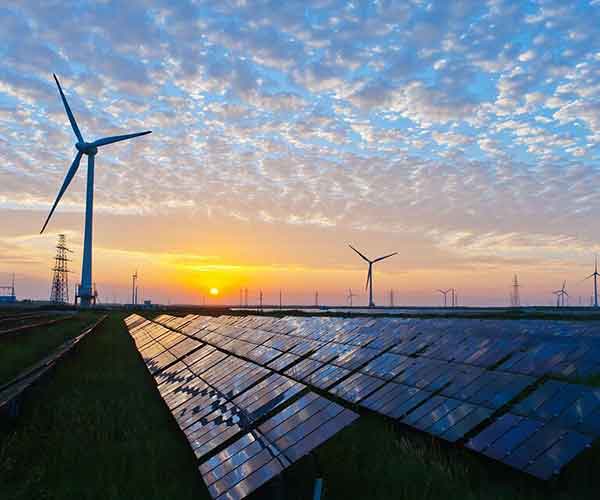One of the goals of the Biden administration is to promote the use of clean energy sources that can reduce greenhouse gas emissions and combat climate change.
To achieve this goal, the administration has proposed a new rule that would make it easier and cheaper for solar and wind developers to use public lands for their projects.
Public lands are areas owned by the federal government that are managed for various purposes, such as recreation, conservation, or resource extraction.
Solar and wind developers have to pay fees to the government to use public lands for their energy production.
These fees include acreage rents, which are based on the size of the land used, and capacity fees, which are based on the amount of electricity generated.
The proposed rule would reduce these fees by 80 percent, making public lands more attractive and affordable for renewable energy development.
The rule would build on the previous fee reductions that were implemented in 2022 under the Energy Act of 2020, a bipartisan law that aimed to boost innovation and investment in clean energy technologies.
The administration hopes that the new rule would accelerate the transition to a low-carbon economy and create more jobs and revenue in rural communities.
However, some critics argue that the rule would undermine the environmental and cultural values of public lands and favor corporate interests over public interests.
They also question whether the fee reductions are necessary, given the rapid growth and competitiveness of the renewable energy sector.
The proposed rule is open for public comment until August 18, 2023.











Comments